Creating Foundation for Woodland Setting Behind New Home
jackson34
18 years ago
Related Stories
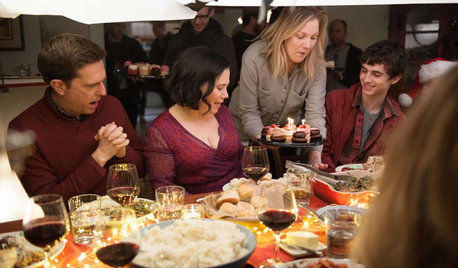
TASTEMAKERSSet Design: Behind-the-Scenes Look at ‘Love the Coopers’
Production designer Beth Rubino talks about creating the family home for the new movie — and the home in ‘Something’s Gotta Give’
Full Story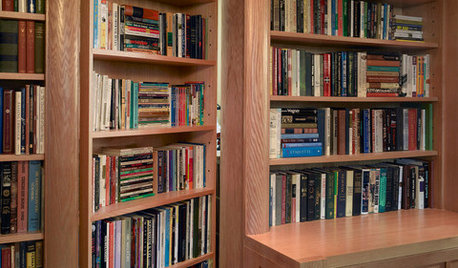
GREAT HOME PROJECTSHow to Create a Secret Doorway Behind a Bookcase
Hide your valuables (or unsightly necessities) in a room or nook that no one will guess is there
Full Story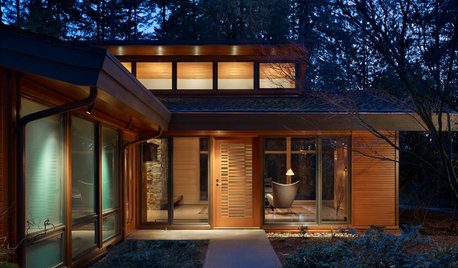
HOUZZ TOURSHouzz Tour: Transparency Guides a Woodland Home
A midcentury gem's renovation brings in the light and the woods while respecting the original architecture
Full Story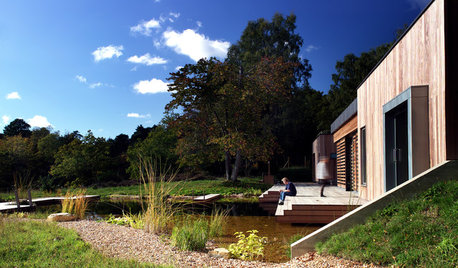
MODERN HOMESHouzz Tour: Nature and Efficiency Inspire a Woodland Home
This English design plays up simplicity, natural light and its spectacular forest setting
Full Story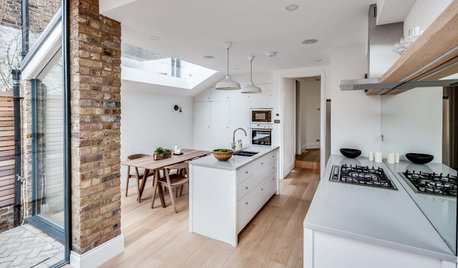
TRANSITIONAL HOMESHouzz Tour: Townhouse Redesign Creates a Roomier Feel and Fit
The interior of this London house was rebuilt to create a more spacious family home
Full Story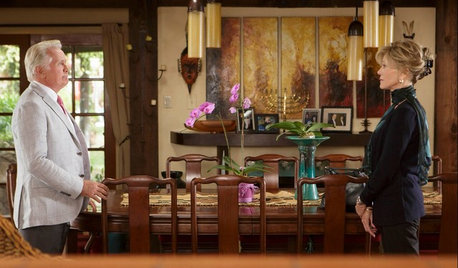
TASTEMAKERSTake a Behind-the-Scenes Tour of Netflix’s ‘Grace and Frankie’
Set decorator Beauchamp Fontaine explains the design decisions behind the home sets featured in the new Netflix series
Full Story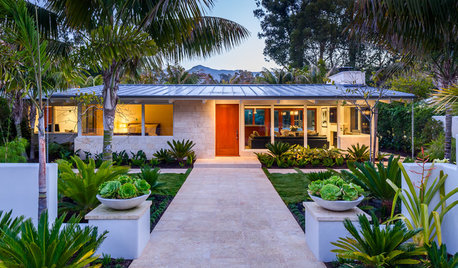
REMODELING GUIDESSo You Want to Build: 7 Steps to Creating a New Home
Get the house you envision — and even enjoy the process — by following this architect's guide to building a new home
Full Story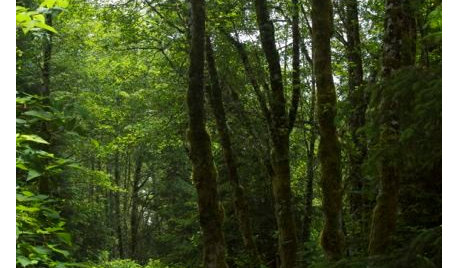
LANDSCAPE DESIGNLet Nature Inspire Your Landscape: Ideas for a Woodland Garden
Fill your senses with the magic of a wild forest-inspired garden — from shady understory plants to towering treetops
Full Story
PRODUCT PICKSGuest Picks: Create a Lodge-Chic Kids' Bedroom
Conjure the feel of a woodland retreat with plaids, animal accessories and campworthy finds
Full Story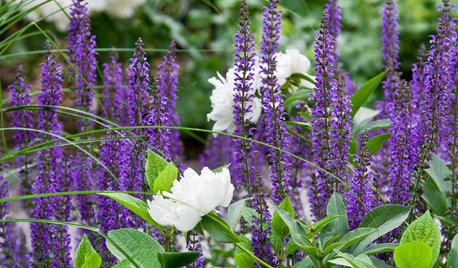
GARDENING AND LANDSCAPINGGarden Tour: Colorful, Serene Woodland Near Boston
Exuberant perennials, outdoor rooms and a surrounding woodland come together to create a beautiful landscape in Massachusetts
Full StoryMore Discussions







jackson34Original Author
karinl
Related Professionals
Signal Hill Landscape Architects & Landscape Designers · Hoover Landscape Contractors · Lake Saint Louis Landscape Contractors · Santa Maria Landscape Contractors · Setauket-East Setauket Landscape Contractors · Stony Brook Landscape Contractors · Reisterstown Landscape Contractors · Gilbert Fence Contractors · Whittier Fence Contractors · Whittier Fence Contractors · Windsor Fence Contractors · Manassas Siding & Exteriors · Milwaukee Siding & Exteriors · New Britain Siding & Exteriors · Overland Park Siding & Exteriorsmountain_curmudgeon
joepyeweed
joepyeweed
waplummer
joepyeweed
jackson34Original Author
joepyeweed
ladyslppr
waplummer
ahughes798
outsideplaying_gw
Woody_Canada
knottyceltic
Flowerkitty
sheryl_ontario
cmore_green
cmore_green
ambitious_z5b
outsideplaying_gw
jackson34Original Author